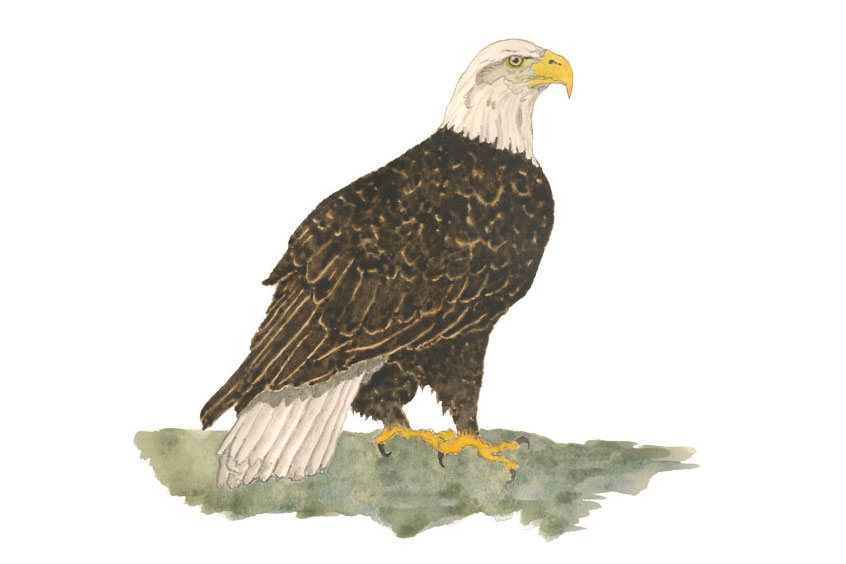The national symbol of the United States, bald eagles are an impressive sight. As fish provide a significant part of their diet, bald eagles are frequently seen near the rivers and lakes of the area. They have been known to reuse the same nests year after year, and while some juveniles migrate, most adult birds will stay in the area year-round. As these predatory birds hunt during daylight hours, they’re known as diurnal raptors. Bald eagles also feed on the carcasses of dead animals. In winter, they tend to prey more on waterfowl, when fish are not as accessible.
Bald eagles were classified as threatened and given federal protection in the 1980s. They were removed from the Endangered Species List in 2007.
Bald eagles mate for life and build huge nests that they often use for years. About half of all pairs, depending on the location, produce young, usually two eggs, between February to mid-April.
Bald eagles can weigh up to 14 pounds and live an average of 20 years. The oldest bald eagle on record was 38 years old.



